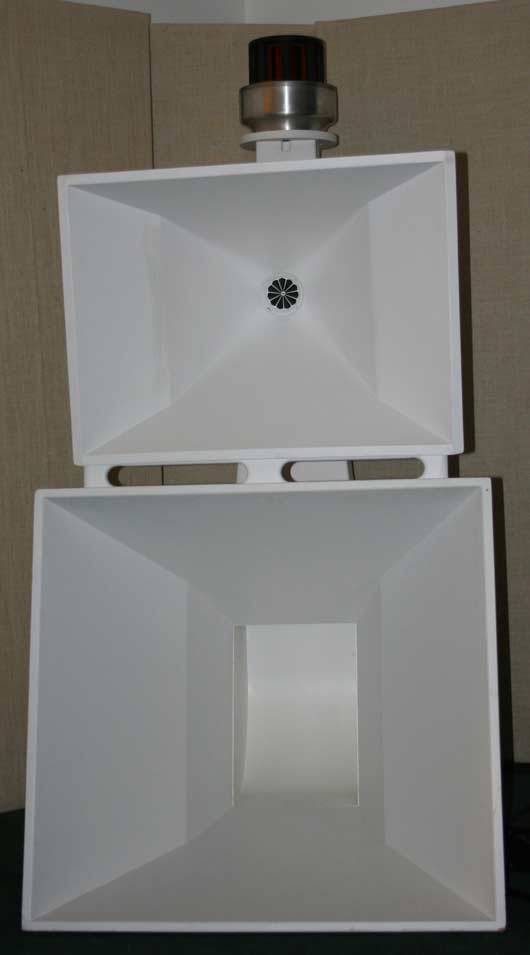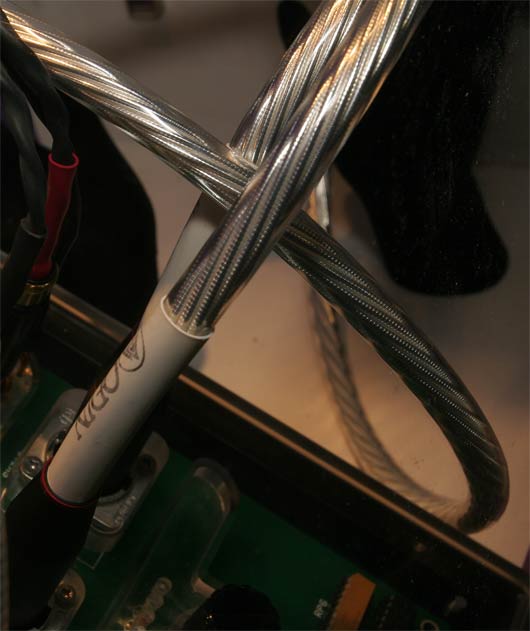I really like the low-powered Lamm ML2.1 18 watt SET amps on the Marten Design Coltrane 89dB sensitive full-range speakers.

Coltrane speakers, ML2.1 amps, Lamm L2 preamp, Audio Note CDT2 and DAC 4.1x Balanced, Nordost Thor and Valhalla cables, Shunyata power cords
I really liked the Audio Aero Prestige 40 watt amps and the Audio Note Kegon 22 watt amps on the Coltranes before that.
No, they don’t generate that adrenaline rush of a really loud presentation with chest thumping bass.
The Coltranes can do this with the right amplification. And it is really fun. In a Homeresque Whoo Hoo! kind of way.
But the little tube amps on these speakers can hold me…..
SPELLBOUNDDDDDDDDDDDDDDDDDDDD
The little amps are able to grip the speakers pretty darn well. They also show off immense amounts of harmonic detail. etc. etc. etc. etc. etc.etc. etc. etc. etc. etc.etc. etc. etc. etc. etc.
But it is not about all this analytical crap at all.
It is all, everything, completely, about the fact that the …Sound… Grips… Me.

Yeah, It helps that the speaker has a very high resolution, a speaker with all ceramic drivers and diamond tweeters has a tendency to do this. It helps that the speakers are full range, so that whatever bass the amps put out, the listener gets to hear. And they put out a lot of bass – make no mistake – but it is analog bass, like bass in the real world, and not electronic bass (which some ever larger percentage of our music these days likes to use and here is where the little tube amps on hard to drive speakers really do take a back seat to solidstate amps).
But this is not about how the speaker or system sounds.
It is not.
This is about how the sounds affects the listener.
In the end why should I care about the sound, beyond a certain minimum standard, any more than I care about the minute contruction details of the chair I sit in, or the the type of weaving and glue the carpet underneath my feat uses? What we CARE about REALLY is how comfortable the chair is; about how pleasant the carpet is to look at and feel underneath our feet.
What if all reviews and all show reports paid attention to nothing except how the sounds …made …them …feel.
I bet the Stereophile list of Class A components would look a lot different than they do now.






